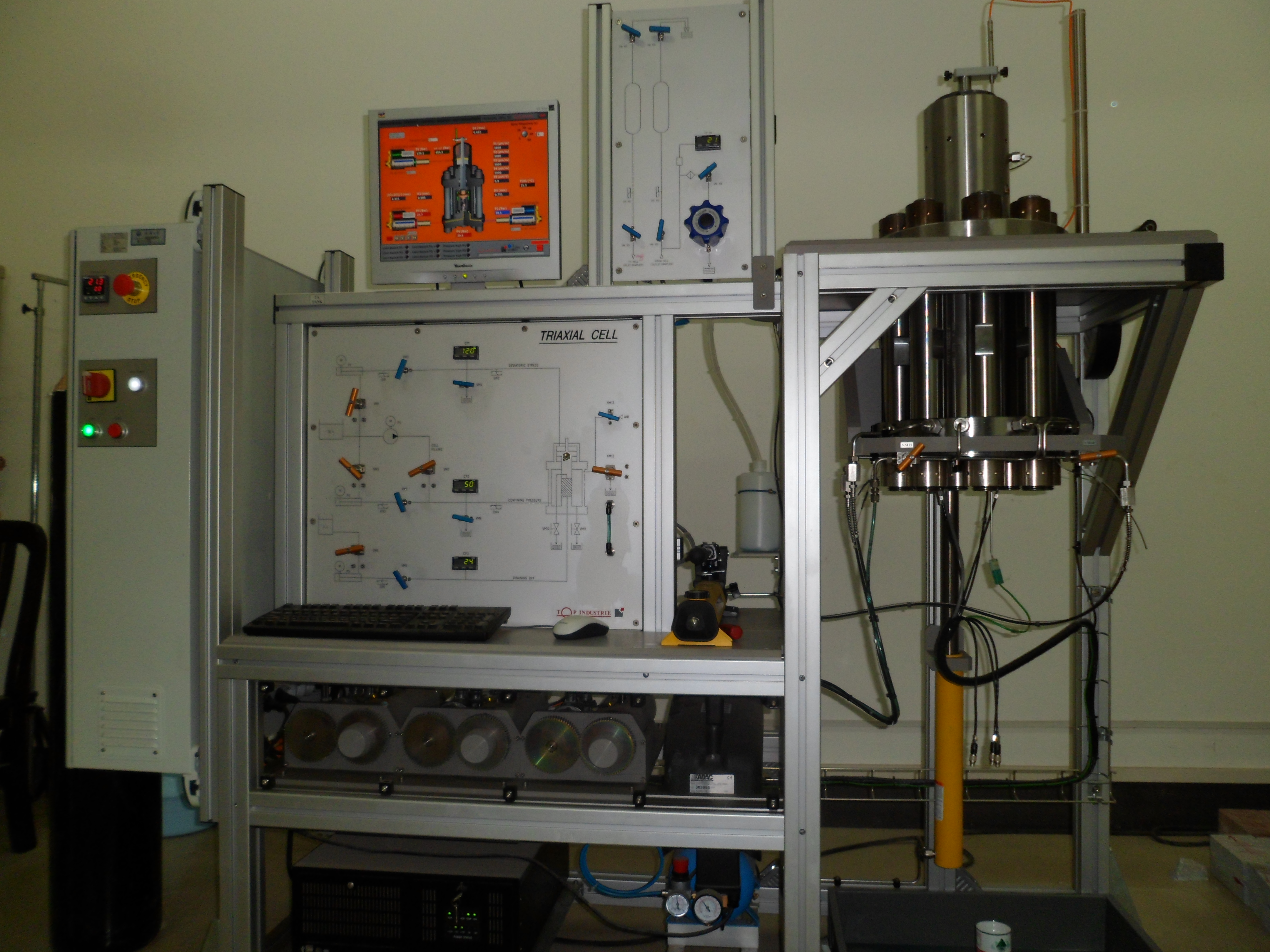+086 027 68772275
Hydraulic Structure Lab
The Lab was built in 1978 and completed in 2005. The total building area is 4355m2 and the main test field covers an area of 880m2 (at height of 12m). Various facilities in the Hall are equipped to undertake the experimental studies about the degradation and service life of hydraulic structures, the progressive failure of concrete arch dams, the THM coupling, the electromagnetic geodetic detection, the flow-induced vibration, the static/dynamic tri-axial test, seepage test, etc. The Lab is able to carry out all kinds of structural model tests for dams, rock masses, spiral cases, aqueducts, sluices, and so on. It also can carry out the nondestructive examination in situ for dams, roads and bridges, tunnels, and foundations, as well as the performance measurement for the materials (e.g. soil, rock, concrete) under the uni-directional/multi-directional and static/dynamic loads. The preparation of cement-based material specimen for microstructural investigation, the petrographic analysis, the thermogravimetric analysis, the hydration heat evolution analysis, and the abrasion-erosion, the freezing-thaw, the carbonization and shrinkage test, etc., can be conducted in the Lab, too.
|



